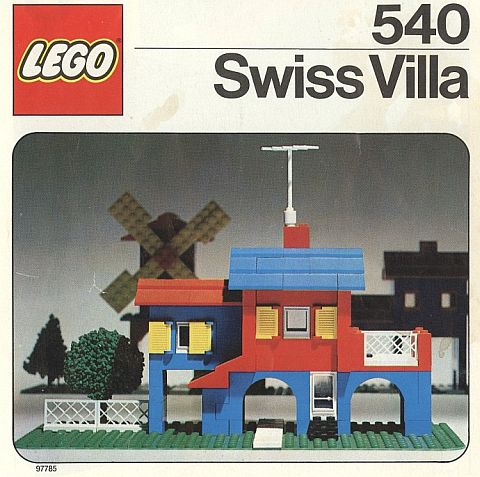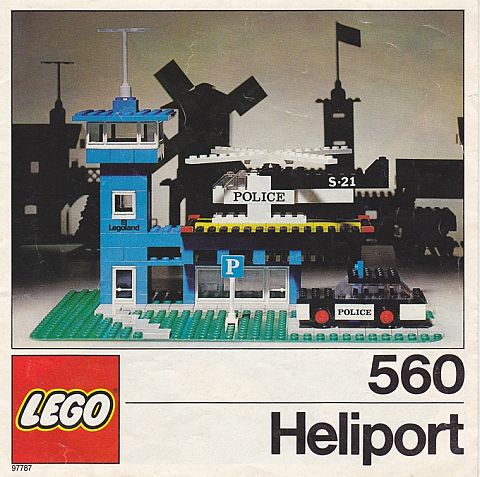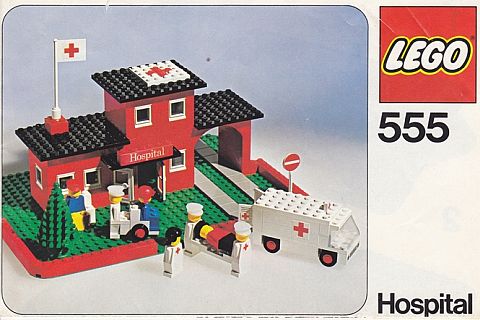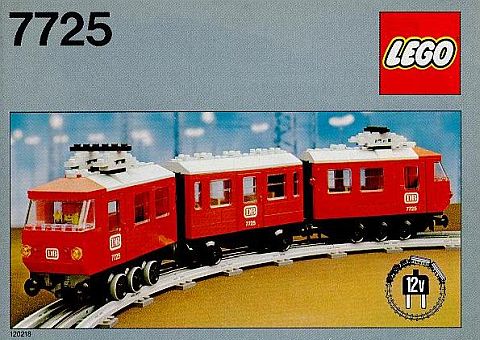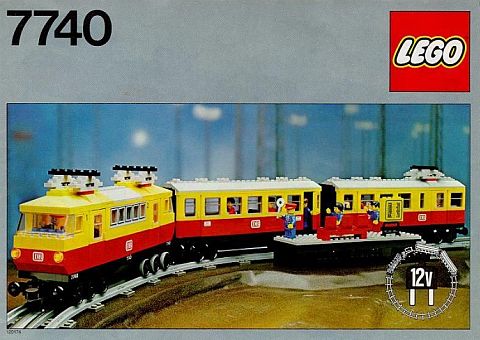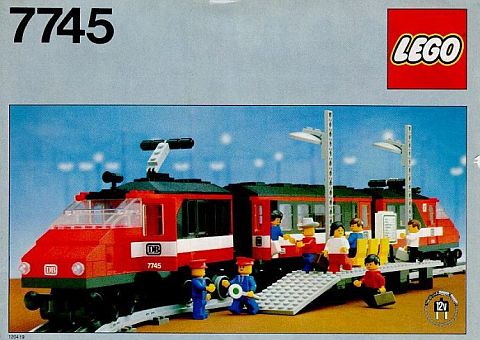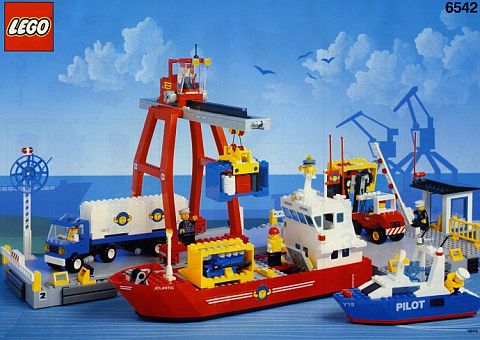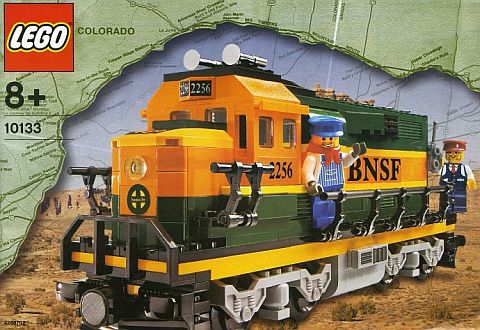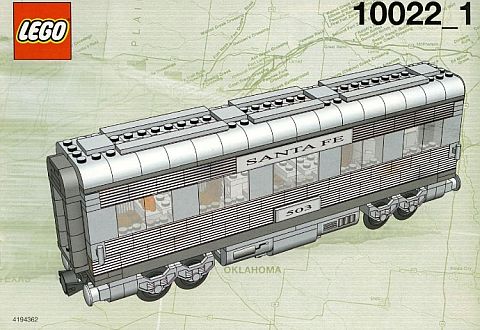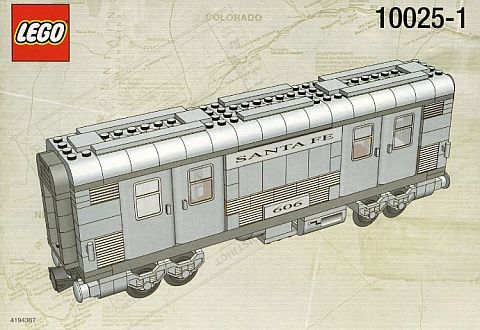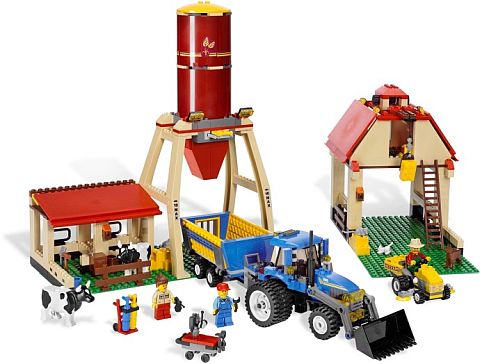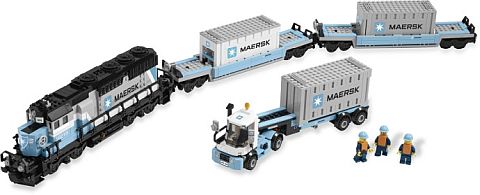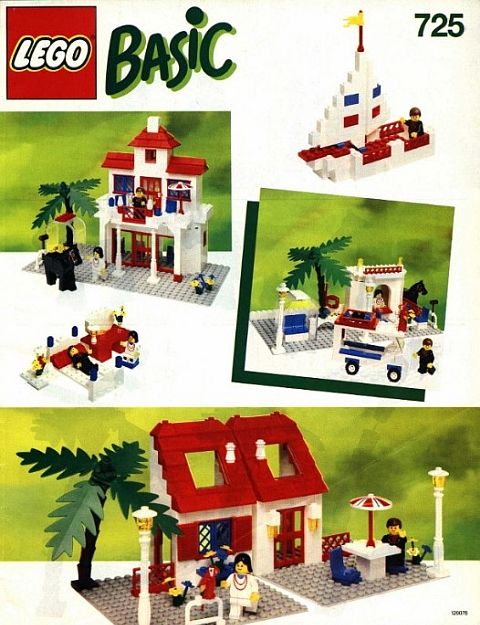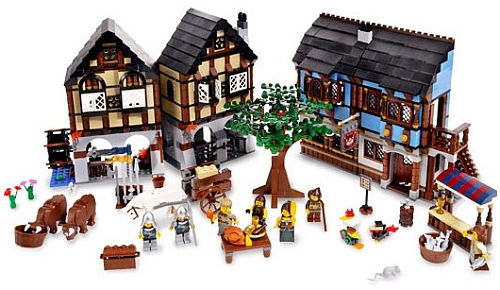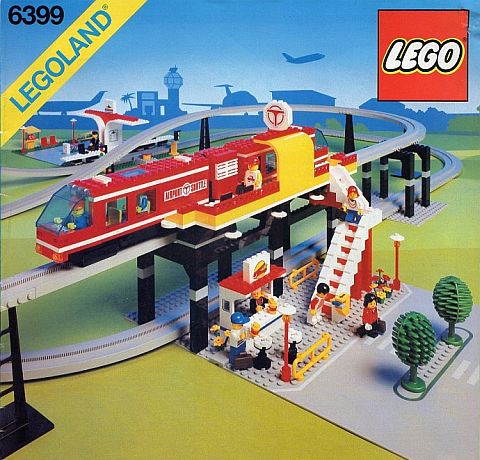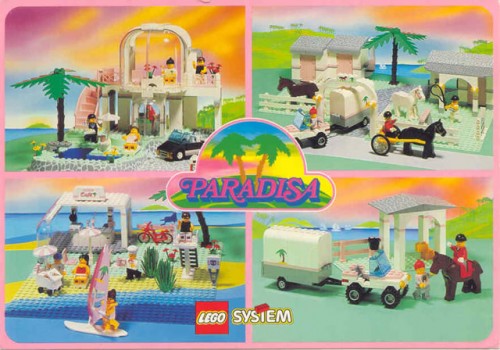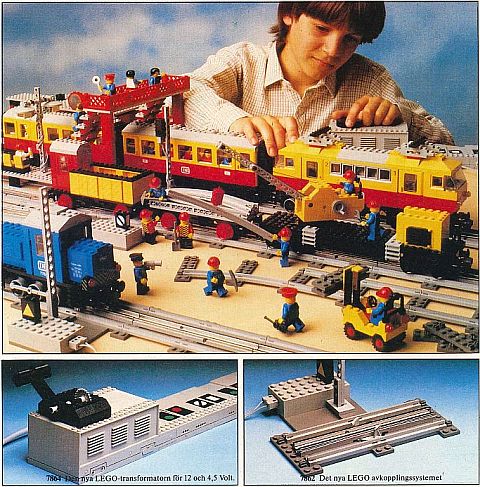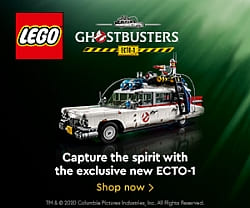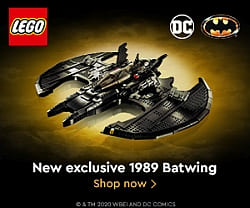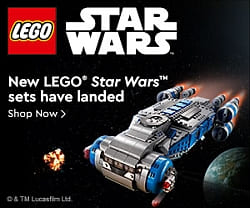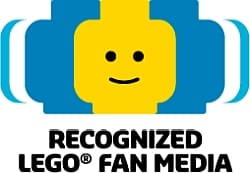Back in May, we discussed that the LEGO Foundation and the LEGO Group teamed up with associations of the blind and visually impaired to introduce a new product called LEGO Braille Bricks (see: LEGO Braille Bricks for Visually Impaired Kids). There has been tremendous interest in this project from educators, parents, and LEGO fans, and now there is more good news! Inspired by blind entrepreneur, Matthew Shifrin, LEGO is planning to release building instructions that will help children with vision impairment build and learn through play. Below is the press-release with information about Matthew, as well the special building instructions.
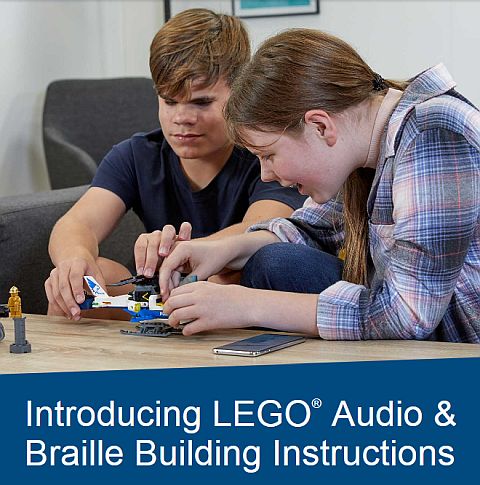
What started as a kind gesture between friends living just outside Boston, U.S., is today being rolled out as a global pilot by the LEGO Group. Using AI technology, the initiative aims to make the LEGO play experience more accessible for those with vision impairment. They call it LEGO Audio & Braille Building Instructions.
The idea comes from Matthew Shifrin, who was born blind. As a child, he developed a strong passion for LEGO play. However, he always needed assistance when it came to specific LEGO building instructions. “I had a friend, Lilya, who would write down all the building steps for me so that I could upload them into a system that allowed me to read the building steps on a Braille reader through my fingers. She learned Braille to engage with me and support my LEGO passion, and then spent countless hours translating LEGO instructions into Braille”.
Shifrin would pore over his customized instructions to create models such as the LEGO Creator Expert Sydney Opera House and London Tower Bridge, the latter of which required over 850 pages. For the first time ever, he was able to build LEGO sets by himself without being dependent on someone else guiding him through the instructions. “This is extremely important for blind children because there aren’t a lot of places where we can say, ‘Look Mom and Dad! I built this on my own… I did this'” says Shifrin. “For blind children, we don’t have access to what sighted kids are used to. LEGO bricks enable us to learn about our environment, to see the world. It is so important because blind kids get left out of a lot of social stuff, especially in elementary school. But LEGO building is one of the things we can do.”
When Lilya sadly passed away in 2017 Matthew was inspired to honor her memory by ensuring others benefitted from her idea of creating LEGO building instructions for those with no or limited sight. Through a friend at the MIT (Massachusetts Institute of Technology) Media Lab, he was then introduced to the Creative Play Lab at the LEGO Group. The team took his idea to the Austrian Research Institute for Artificial Intelligence who developed new AI software to translate LXFML data (LEGO Exchange Format Mel Script) from the visual digital building instructions to text based descriptions for Braille and voice commanded instructions. “Matthew’s story demonstrates the power of LEGO play. It brings people together, helps to build confidence, and sparks creativity. It has been an honor to work with Matthew, his passion and energy are truly inspiring. But most importantly, his project will help visually impaired children around the world experience the same joy of building and pride of creation that all our fans feel”, says Fenella Blaize Charity, Creative Director, LEGO Group.
Available in English as a free service for all through the accessible website LEGOAudioInstructions.com, the first four instructions to be launched include a set from LEGO Classic, LEGO City, LEGO Friends, and The LEGO Movie 2. Consumers can either chose to hear audio instructions using their screen reader, or with audio provided by the LEGO Group, or alternatively chose to read the instructions using a Braille reader. Depending on consumer feedback on the four pilot instructions, which will be collected until the end of 2019, the intention is to launch more Audio & Braille instructions first half of 2020.
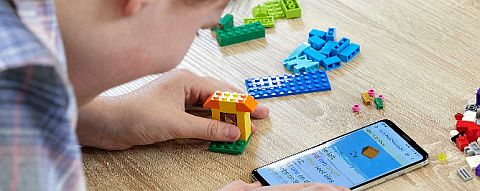
While these instructions show radical innovation, there’s still a lot of progress to be made in terms of further developing the AI software and automating the process. The long term ambition is to add more languages and support all future product launches – most importantly however, is to ensure fun and high quality learning through play experiences. The pilot launches just four months after LEGO Braille Bricks were announced – an initiative aimed at supporting young children with vision impairment to learn Braille in a playful and inclusive way. Co-developed with the LEGO Group, both projects have been funded by the LEGO Foundation. “As I build a set I develop a better sense of what a building looks like and how it is laid out and constructed. For blind people LEGO sets act as miniature 3D substitutes for real-life buildings in lieu of two-dimensional photographs. LEGO bricks allow me to see things that are impossible to explore by touch, such as the arches of a Middle Eastern palace or the towers of the London Tower Bridge. I would like to get my instructions out to the blind community. I would like every blind person to be able to download the instructions, buy a set, have a sighted person sort the pieces, and feel on par with a sighted builder. I want every blind person to feel that the once impossible is now possible; that he or she can now build a miniature LEGO world”, said Matthew Shifrin.

You can explore Matthew’s original work and download instructions at his website: LEGOForTheBlind.com, but please note that these instructions are recommended mainly for advanced builders. I have also included an interview with Matthew (watch below), where he demonstrates how he builds LEGO sets and performs other tasks.
The four sets included as part of the pilot rollout are the #11001 LEGO Classic Bricks and Ideas set, the #41365 LEGO Friends Emma’s Art Shop, the #60207 LEGO City Sky Police Drone Chase, and the #70821 LEGO Movie 2 Emmet and Benny’s Build and Fix Workshop. The instructions will be available in all markets through LEGOAudioInstructions.com as a free service for all, and new instructions are expected to launch on the same site early 2020.
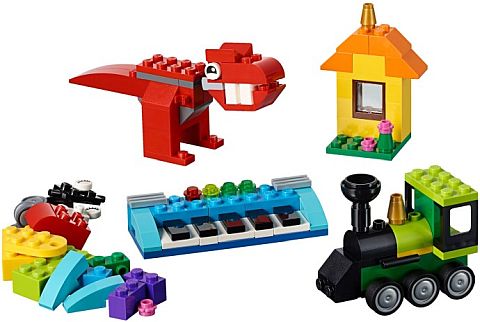
What do you think? How do you like the idea of LEGO Braille Bricks and the LEGO Audio & Braille Building Instructions? Do you know someone who could benefit from these services? Would you use them yourself? Feel free to share your thoughts and discuss in the comment section below!
And you might also like to check out the following related posts:


